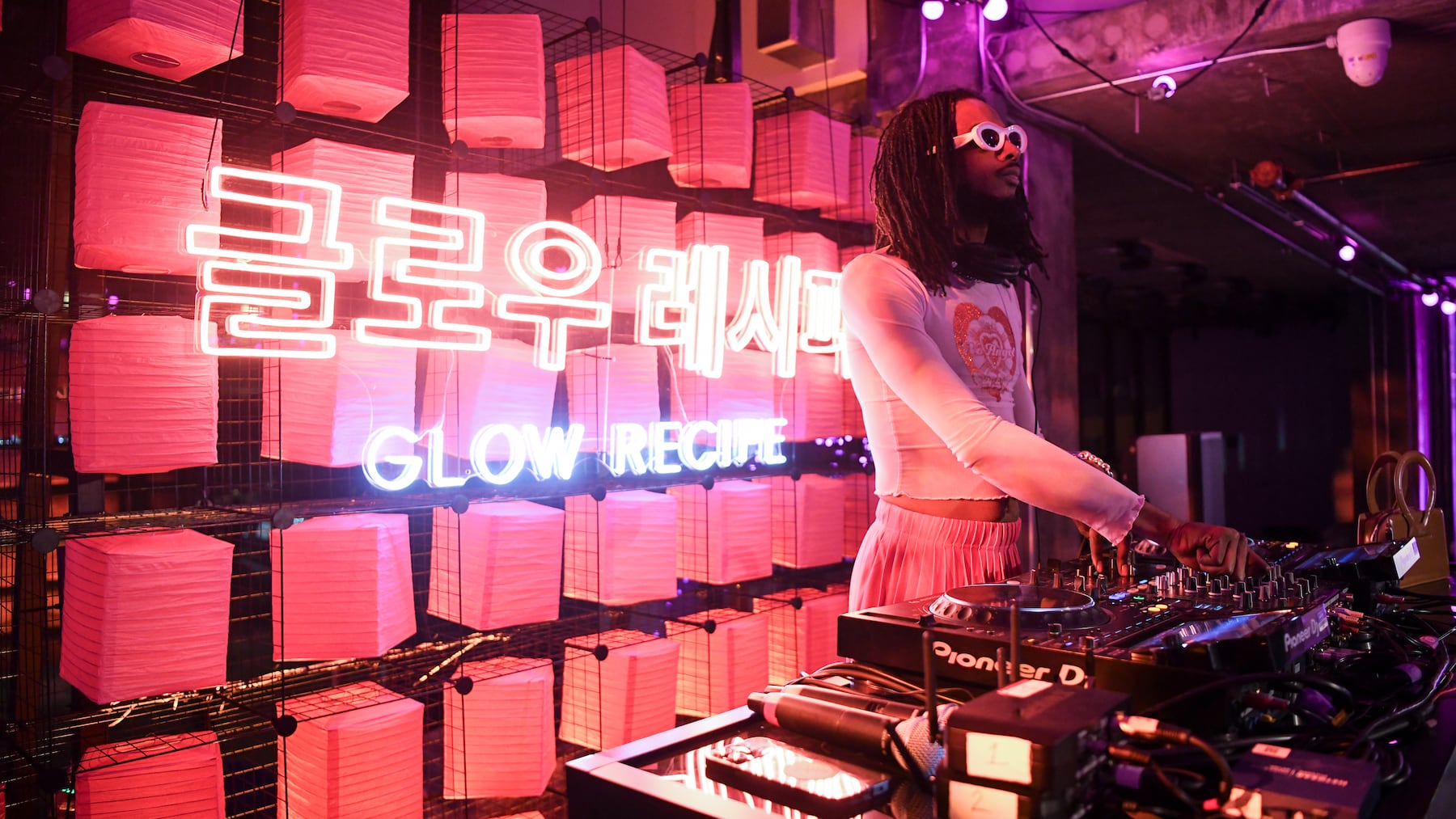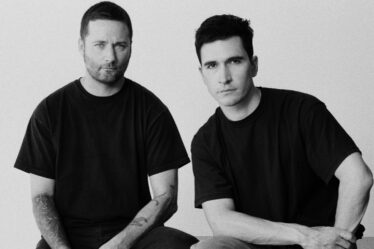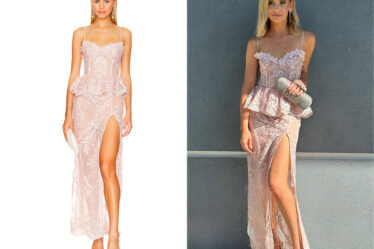
One October weekend, over 4,000 attendees queued for hours outside the skincare brand Glow Recipe’s 10th anniversary pop-up in Los Angeles. Styled after a Korean night market, once inside, attendees could grab Korean snacks, samples of a newly relaunched Watermelon Glow Jelly Sheet Mask and sweatshirts, hats and keychains evoking Blackpink merch. Printed onto merchandise and displayed in neon on a backdrop of paper lanterns, the words “Glow Recipe” were, for the first time, transliterated into Korean script.
“I don’t think 10 years ago we would have had Korean-lettered merch and thought it was cool,” said Glow Recipe co-founder and co-CEO Sarah Lee. “It just wasn’t something we imagined.”
Not so long ago, retailers cut back on their K-beauty offerings, and brands heard from investors who thought that K-beauty was a trend past its peak. While founders say they never actively distanced themselves from K-beauty, they did focus on other aspects of branding such as product efficacy.
But lately, as Gen-Z shoppers and TikTok have fueled a resurgence in the category, they’ve been leaning back in. Earlier this month, skincare label Then I Met You, the brainchild of K-beauty e-tailer Soko Glam co-founder Charlotte Cho, made its debut in Sephora — which featured the brand in a “Korean glass skin” promotion on its homepage. Peach & Lily is included in Ulta Beauty’s online K-beauty section as the retailer takes a renewed interest in the category — chief merchandising officer Monica Arnaudo forecasted continued growth in K-beauty this year. Cho, who founded Soko Glam in 2012 and Then I Met You six years later, largely credits TikTok with the resurgence of Korean skincare.
“The topic has been around for over 10 years now, but is being reinvented and digested to a new Gen Z audience,” she said.
As these brands publicly embrace their roots again, they’re testing the theory that K-beauty isn’t a trend, but a category — and a growing one at that.
Shaping Skincare
Lee and her co-founder and co-CEO Christine Chang, as well as Cho and Peach & Lily founder and CEO Alicia Yoon, are among the US-based entrepreneurs credited with kicking off the K-beauty frenzy of the 2010s. Then, retailers rushed to stock their shelves with trending brands — Peach & Lily, then solely a multi-brand e-tailer, curated K-beauty sections for Sephora, Target, Barney’s, Bergdorf Goodman, CVS and Macy’s. Glow Recipe and Peach & Lily went on to release their own products, in 2017 and 2018, respectively, as their founders sought to distinguish their standalone brands from their imported curations.
But with every Korean product that took off came a deluge of international brands launching their own versions of oil cleansers, essences and serums. Retailers’ Korean brand selections dwindled between 2019 and 2023 and K-beauty-specific marketing gave way to general multi-step skincare routine concepts like double-cleansing.
In the early days of K-beauty fever, “retailers were just like, ‘We want this, this, this, that,’ because it was so innovative,” said Yoon. But retailers soon culled many of their brands, with Sephora removing at least 10 names including Too Cool for School and Amorepacific. Meanwhile, as US start-ups began to pick up more quickly on Korean trends like zit stickers before they went global, investors also began to shy away from K-beauty-specific branding.
“When we were raising, [investors] would say, ‘Do you have to be presenting as K-beauty? Is this just a trendy thing?’” said David Yi, the founder of US-based skincare brand Good Light, which is stocked at Ulta Beauty and is branded as “gender-inclusive Korean beauty formulated for sensitive skin.” “And I was like, ‘My culture is not a trend.’”
As Lee explained, investors were skittish about a brand seeming trend-driven, “versus if the brand itself has something that will last for a long time — a very strong DNA, a truly differentiated vision,” she said. In 2019, Glow Recipe shut down its multi-brand store operations to focus exclusively on its skincare brand.
When Cho launched Then I Met You, she decided not to sell it on Soko Glam for a year. “We’re not a ‘K-beauty brand’ or a ‘Soko Glam brand,’ but a skincare brand inspired by my life’s work,” she wrote on her skincare blog “The Klog.” “Keeping it separate really allowed it to stand on its own two feet as its own individual brand,” she told Business of Beauty.
From Trend to Category
Thanks to TikTok, the US K-beauty lull was short-lived as trends like glass skin, sunscreen and slugging generated a new infatuation with the category in 2023, boosting sales for Korean brands including Cosrx, Beauty of Joseon, TirTir and Laneige. Korean conglomerate Amorepacific, which owns the upscale skin label Sulwhasoo and cult lip mask maker Laneige, has upped its investment in North America-focused marketing to compensate for lagging China sales.
Retailers are back on board with K-beauty, too. Ulta Beauty has installed K-beauty endcaps in over 150 stores and added six new Korean brands to its assortment this fall. Peach & Lily uses social media to highlight its role in coining the “glass skin” trend that has taken TikTok by storm. Then I Met You eventually launched on Soko Glam, and highlights ingredients such as ginseng used in traditional Korean medicine.
Even those not leaning heavily into K-beauty themselves are being associated with it. Hero Cosmetics finds itself in Ulta Beauty’s K-beauty site section thanks to products like zit stickers and its Rescue Balm for slugging. Hero does not actively identify as a K-beauty brand, despite being inspired by K-beauty products and a few blog search engine-optimised blog posts about Korean skincare trends.
For founders, the new wave shows that Korean beauty’s influence extends far more than one-off viral products.
“It’s an evolution of a category that has arrived and has never left. It is here to stay, but it’s maturing,” said Yoon. “If it were a trend and it just went away, we wouldn’t be here today still talking about Korean beauty.”
Sign up to The Business of Beauty newsletter, your complimentary, must-read source for the day’s most important beauty and wellness news and analysis.



